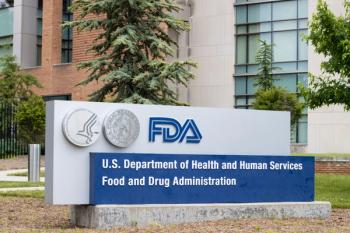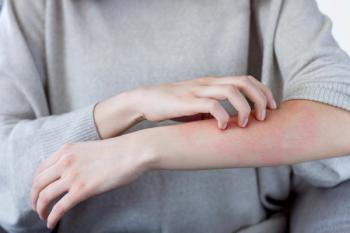
COVID-19 Case Report: No HCWs Infected, Most Didn't Wear N95 Masks
Most were exposed during noninvasive ventilation
None of the 41 healthcare workers at a Singapore hospital involved in the difficult intubation of a middle-aged man with COVID-19 were infected by the virus and only a small percentage wore
“Our observation is consistent with previous studies that have been unable to show that N95 masks were superior to surgical masks for preventing influenza infection in health care workers,” wrote lead author Kangqi Ng and his colleagues at
They added, though, that all experts recommend that health care workers wear an N95 mask or equivalent while performing aerosol-generating procedures.
The CDC issued a
All the healthcare workers included in this case report wore either a surgical mask or an N95 mask, but 85% of the workers were exposed to an aerosol-generating procedure while wearing just a surgical mask.
The primary route of transmission of the SARS-CoV-2 is thought to be aerosolized droplets that get spewed out during coughing, sneezing, or breathing, wrote Ng and his co-authors.
The patient in this case report was described as a middle-aged man with diabetes who had been hospitalized for community-acquired pneumonia in February. A PCR test showed that he was infected with SARS-CoV-2. During the second day of his admission, he required endotracheal intubation and mechanical ventilation in the ICU. The case report says that the intubation was difficult and required use of video laryngoscope and an airway bougie. His condition improved, and after three days he was extubated.
The health care workers who were tested for SARS-CoV-2 had been identified as being possibly exposed to the virus because they were present during the aerosol-generating procedures for at least 10 minutes and at distance of less than two meters from the patient. The case report identified four aerosol-generating procedures: endotracheal intubation itelf, extubation, noninvasive ventilation, and an “other” category that included oral suctioning. Most (25 of 41) of the healthcare workers were exposed during noninvasive ventilation and that might explain while in this case surgical masks were apparently protective enough.
Newsletter
Get the latest industry news, event updates, and more from Managed healthcare Executive.


















































